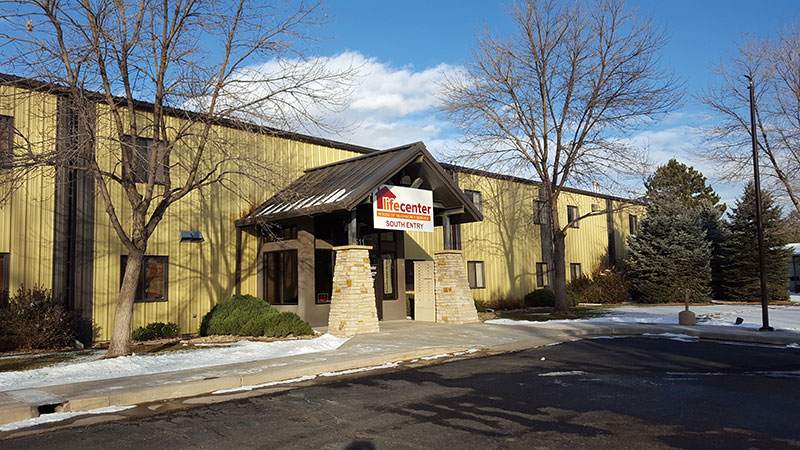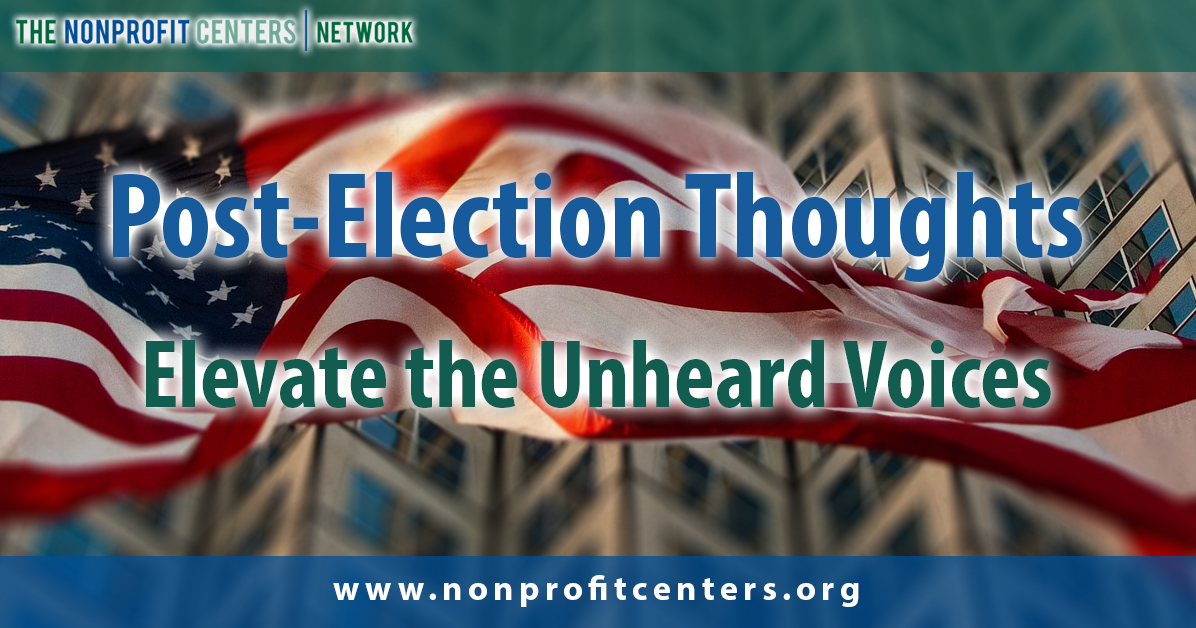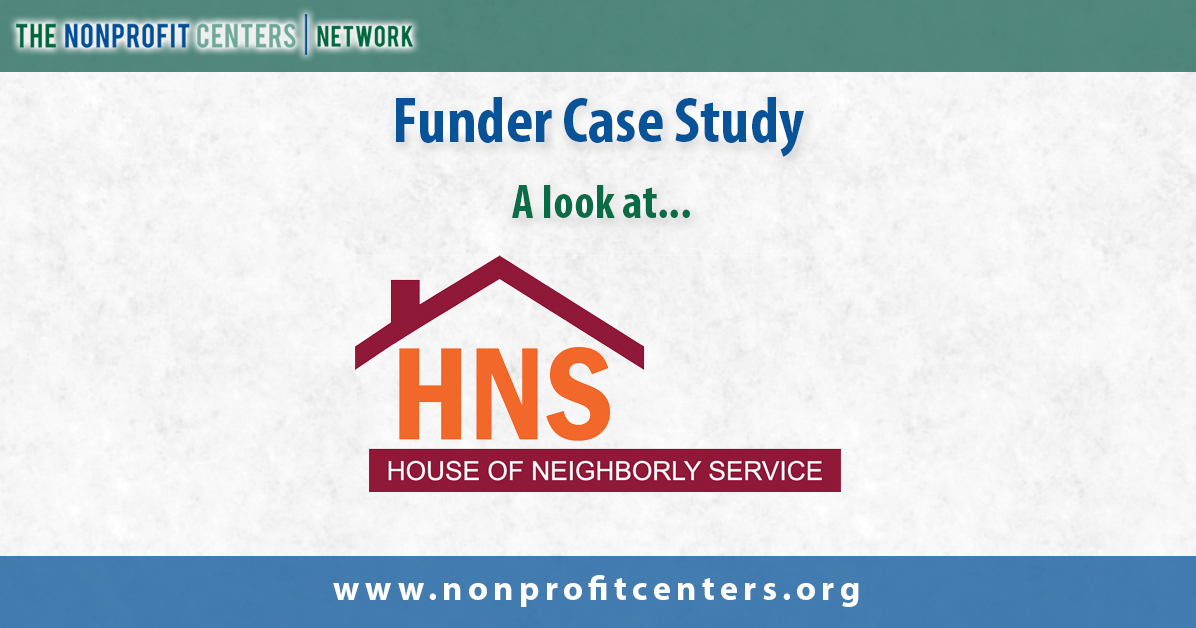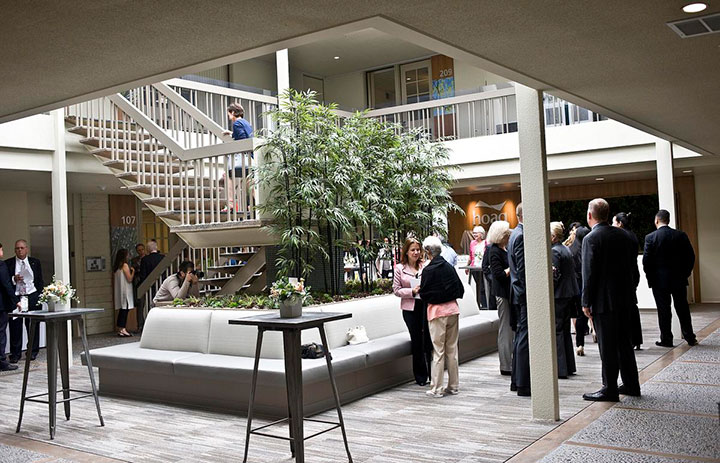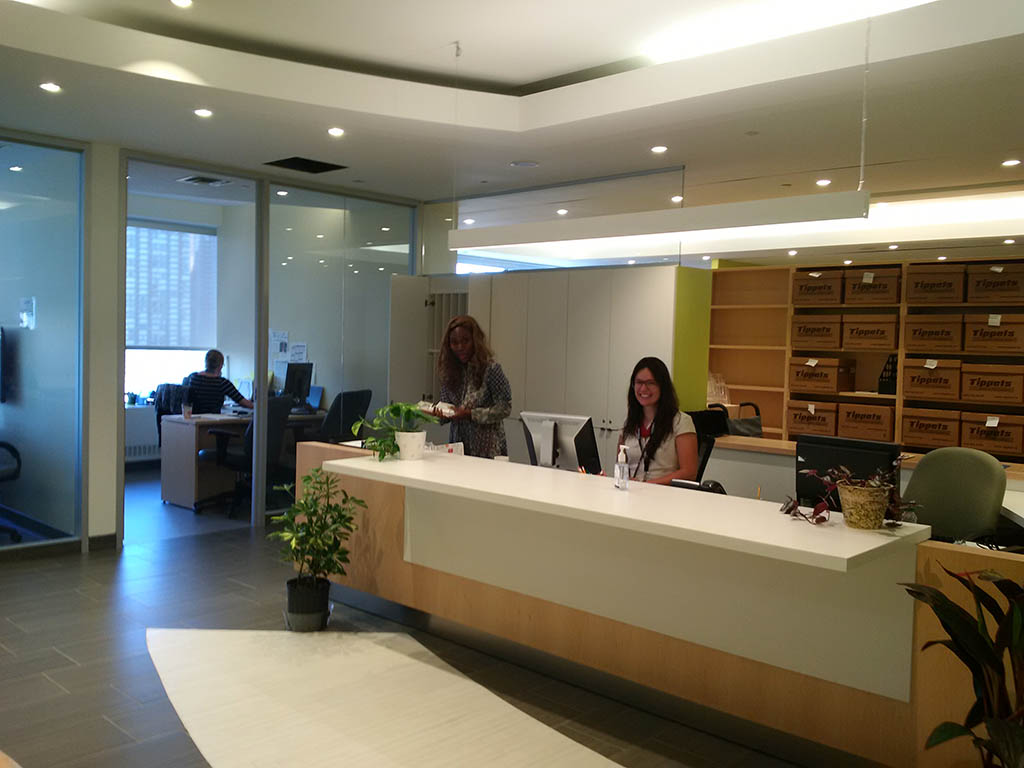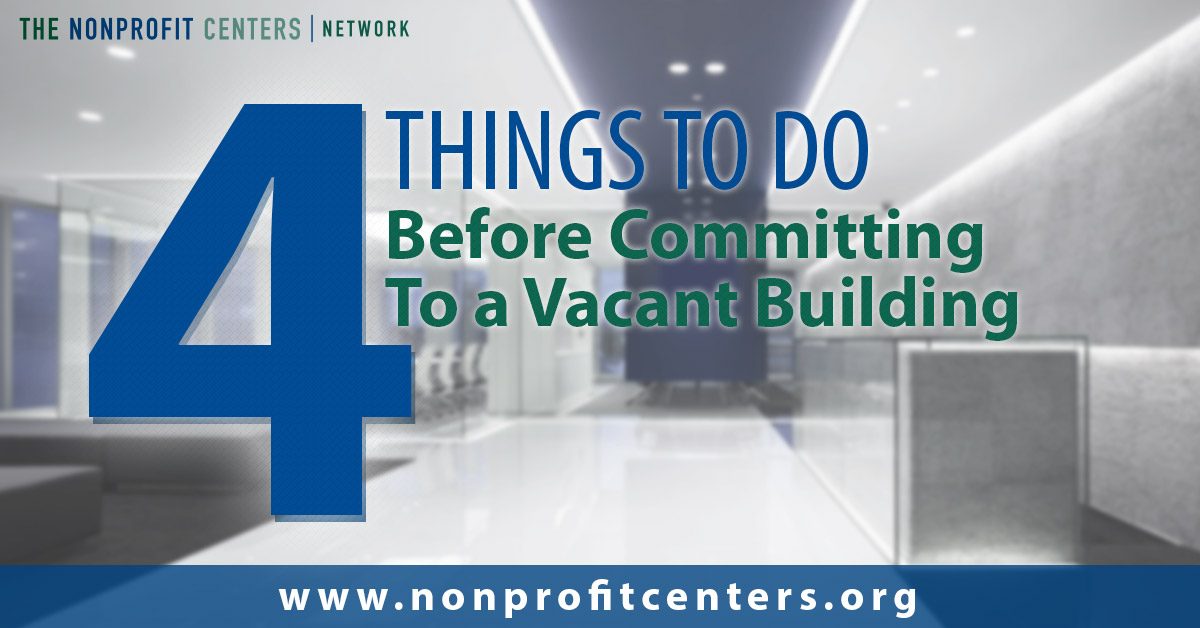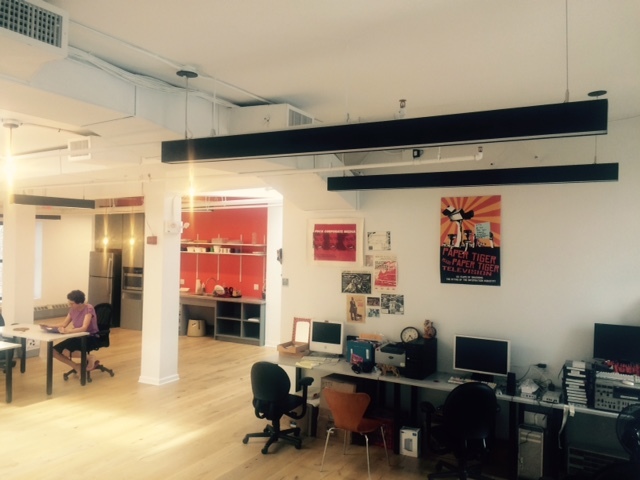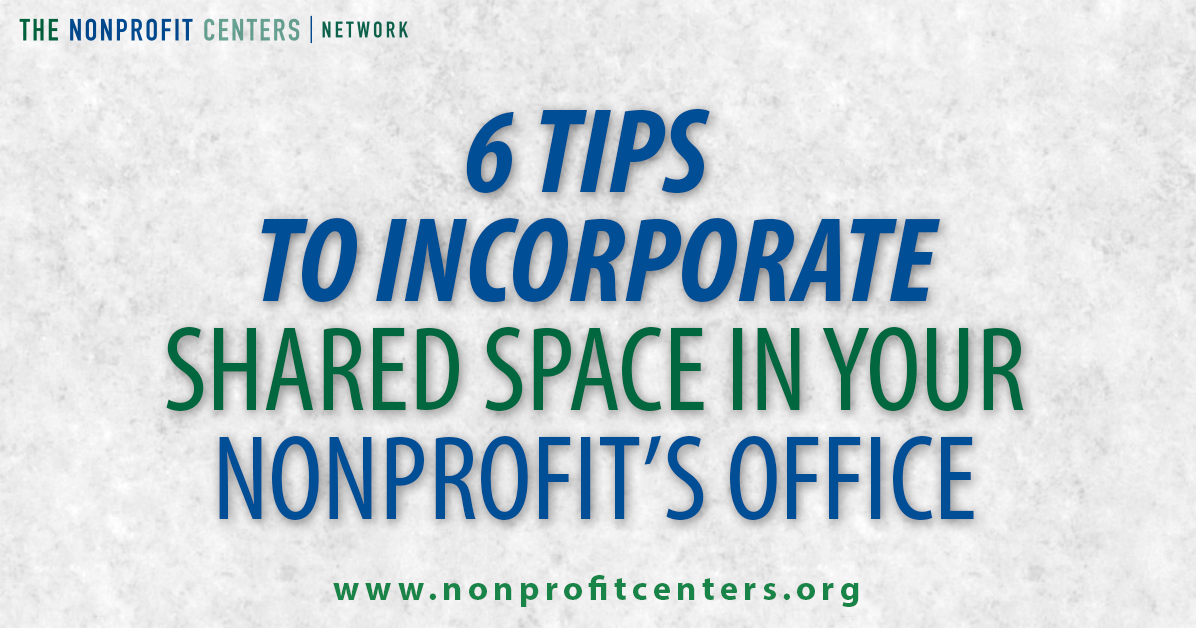When you need help In Loveland, Colorado, where do you go? The HNS LIFE Centers takes a holistic and integrative approach to services for people experience poverty or situational crisis.

In the wake of the election, no matter who you voted for or if you were watching from the North, the results have shown the true polarities of opinions, emotions, classes, and struggles that American’s face. There was a large sum of individual voices mainstream media did not even pick up on in the polls. Whatever you believe or hoped, I am recognizing the need to acknowledge these unheard voices.
In September of 2014, the House of Neighborly Service submitted a grant request to the Boettcher Foundation for $150,000 to go toward the building of the HNS Life Center. The center was to house multiple nonprofits who would collectively provide what HNS Grant Specialist Sarah Morales calls “one-stop-shopping” for those in need, including school readiness services for children, a food pantry, and other services.
Ninety percent of maintaining good health is determined by factors other than direct health care. The Melinda Hoag Smith Center for Healthy Living will create a synergistic model of service delivery, by aligning a major hospital with like-minded non-profit organizations that share in the vision of making the vulnerable community healthier.
In Ontario, the Ministry of the Attorney General recently invested new funds into their system of legal clinics. In exchange, the government expects the clinics to seek out ways to reduce costs and reinvest those savings into their work. In response, the Specialty Legal Clinics Modernization Initiative was formed to co-locate nine unique programs serving needs ranging from legal support for people living with AIDS, people with disabilities, to accident victims to tenants, landlords and youth.

Do Your Due Diligence: Four Things To Do Before Committing To a Vacant Building
This post is the first in a series by Mike Gilbert of The Jones Trust that will focus on how to repurpose existing and vacant buildings in a cost effective way. It is very important not to cut corners in the due diligence process before you commit to renovating a property – you might end up with some unfortunate and costly surprises.
Many buildings throughout North America are unoccupied, in a state of disrepair and/or abandoned. These buildings present amazing opportunities to preserve history or unique architecture, and it can be more cost effective to renovate than to build new. However, older buildings are typically constructed using asbestos containing materials in varying components. Many of these facilities were built under older building codes with less stringent requirements for life, safety and accessibility.
Repurposing older buildings can deliver outstanding project economics and return on investment if we do the hard work on the front end. Before you commit to a vacant building, make sure to do your due diligence. Identifying and fully understanding the potential risks of building renovation is a monumental task for the skilled developer and even more challenging for an individual, organization or group that does not do so on a regular basis. It is critical to be conservative at this stage of the project, investigating all possible risks that can become known prior to commitment to proceed.
As you plan your project, here are some tips to keep yourself from purchasing a money pit.
- Assemble a team of experts. Numerous skills are required to put together a full understanding of the challenges involved in building renovation. You, as the lead developer, are like the head coach, matching your player’s skills with roles on the project. If you don’t have the skills already on your staff, you may need to hire paid consultants Some of the roles you will need filled include:
- Environmental Safety Assessment (ESA)
- Building Envelope Assessment
- ADA Assessment
- Mechanical and Electrical Systems Evaluation
- Conduct an ESA. This process will identify any important hazards that must be addressed during the renovation process. Environmental remediation can be extremely expensive, can destroy project economics and potentially kill a deal in progress. Typical ESA costs are between $3,000 and $7,500 for the initial work, although costs can vary significantly based on factors including size, age, location and more. This step cannot be avoided.
- Bring on an architect to do Building Envelope and ADA Assessments. The Building Envelope Assessment will give you a fair assessment of the weather tightness condition of the building including roof, windows, exterior skin, expansion and control joints, etc. The ADA assessment will help in the design process for compliance and can sometimes be expensive if new ramps are needed or if elevator upgrades are required. Cost of this investigation should run between $5,000 and $10,000 depending on the scope.
- Evaluate the mechanical and electrical systems. This process determines the suitability of the existing systems to accommodate the desired improvements. This evaluation is normally completed by a mechanical and electrical engineering firm. The investigation should cost between $2,000 and $6,000.
The due diligence phase of project evaluation is a very detailed process and can range in cost from as little as 1% of your project budget up to 3%, depending on the scope of work and level of detail desired.
Analysis of the various reports will allow you to fully develop a preliminary renovation budget that will feed into the pro forma budget for the project. Our next post will dive into strategies to consider in developing a preliminary project budget and feasibility study.
In 1978, with a dream of establishing a permanent home in New York for the nonviolence movement, the A. J. Muste Memorial Institute purchased a three-story loft building in downtown Manhattan, affectionately known as the "Peace Pentagon". By providing affordable office and meeting space to mission-related tenants, and using income from several commercial storefronts to offset expenses, the Institute has provided a way for activist groups to stay in a convenient location while freeing up vital resources for their social justice work.

The Plantory hosts an innovative and energizing coworking hub that fosters collaboration and nurtures growth for positive, passiPlantory Positivityonate, and community-minded businesses and nonprofit organizations. Our goal is to build a more diverse, connected, and sustainable nonprofit sector in Lexington, KY. We currently house 71 organizations for incubation in our 15,000 square foot building, which was formerly a Rainbo bread factory. Through our center, we support growth and collaboration through coworking space, training and technical assistance, shared fundraising, staff and volunteer support, consulting services and more. As part of our programming, we host 10-12 interns per year, from high school up to the master’s level. Our interns come from local private schools, Fayette County Public Schools, Transylvania University, Asbury University, Blue Grass Community and Technical College and the University of Kentucky. Our internships teach students skills related to research, community development, facilitation, marketing, nonprofit management, business management and community center management. We also sponsor, recruit, train and supervise interns for organizations in our space that need support, but that may not have the capacity or staff to manage interns. Additionally, we accept project requests from our members, so we can match their needs with our interns’ skills. We keep updated posts about available internships on our internship page and accept online applications from intern applicants. Member organizations can also request support through our internship request form.

Is your organization ready to get out of the rental market and build a lasting asset? You should consider including shared space for other organizations as part of your plan. While designing your project to generate revenue from shared space users, can strengthen your case to lenders and improve the long-term financial sustainability of your project, that’s not the real value. Shared space connects your organization and its work to a wider community of nonprofits or social ventures, increases staff retention by making your organization a more vibrant and interesting place to work, and raises your organization's profile through your role as a dynamic community hub.

I recently had the privilege of participating in two stimulating NCN convenings in Philadelphia.
As Manager of the OpenGov Hub in Washington, DC (an NCN member), I sometimes wonder if there are other people who can relate to the uniqueness of my role. On any given day, I juggle a plethora of activities, from working on the big picture to the more mundane (like explaining our unique work to visitors on a regular basis, brainstorming programs and partnerships, improving our members’ day to day experience at the Hub, and designing events and other ways for our members to collaborate for greater efficiency and effectiveness).
But NCN has given me exactly what I needed – a supportive network of other folks who understand the ins and outs of the unique, mission-driven business of running nonprofit collaborative spaces. The coworking movement in general is still quite nascent, and the nonprofit segment within it perhaps even more so.
Coming together with other operators of nonprofit resource centers presented an invaluable opportunity for me to reflect on the OpenGov Hub’s own strengths and challenges. The gathering sparked countless ideas for me on how the Hub might improve: how we enhance improve our daily operations, align our business model with our mission, create the culture we seek, evaluate our impact, and perhaps most importantly, facilitate and promote meaningful collaboration in our community.
Here are just some of my takeaways:
Day 1 – Creating High Impact Shared Spaces
This workshop focused on business models, cultures, collaboration efforts, and evaluating our impact evaluation.
- When it comes to collaboration, we aspire to do it all: build trust, connect dots, and track collective impact. NCN staff presented a helpful typology of three approaches shared spaces take to promote collaboration between tenant members: trust builders (help members get to know each other as individuals), dot connectors (help find alignment across areas of work), and impact trackers (help manage higher-order, ongoing collaborations). It might be ambitious to strive for achieving all three (and not necessarily simultaneously), but I’m excited to test, learn and iterate new approaches (in the spirit of our shared value of innovation!) to tap the enormous collaborative potential in our network. In fact, the OpenGov Hub has just published its first-ever strategy that articulates how we might be more deliberate in better fulfilling our mission.
Day 2 – Overcoming Barriers to Nonprofit Resource Sharing
This session provided insights from the forefront of social science research about how and why people behave as they do, to help us understand some of the deeper behavioral and psychological barriers to of getting organizations to share resources.
- To effectively promote collaboration, we should aspire for “self-interest properly understood.” To take a line from one of my favorite political philosophers Alexis de Tocqueville, self-interest properly understood I think is all about recognizing that when we make efforts to improve our collective welfare, we all benefit tremendously as individuals. I think this is both a realistic and an ambitious target for individuals seeking to promote collaboration between organizations. We are all naturally inclined to think of ourselves and our organizations first; but shifting our mindsets even slightly help open us to engaging/working with others in a way that is mutually beneficial for outsized impact. Most importantly, the self-interest properly understood mindset helps us pursue collaboration opportunities in a way that’s driven by a relentless pursuit of best achieving our respective bottom-line missions about why we really do what we do.
So, how does the OpenGov Hub fit in the growing ecosystem of nonprofit coworking spaces?
1) We’re well-positioned to meaningfully collaborate, as an intentionally themed space. It seems that every coworking space (for or nonprofit) aspires to be more than just a space. But there is often a somewhat general common thread that unites tenants (ex: an interest in social change). This realization makes me feel even more confident in the OpenGov Hub’s ability to promote meaningful collaboration, because we anyone who wishes to join our community has to have some connection to our opengov theme. This means we can design all sorts of programs and activities specifically target the issues in this field, in addition to more general capacity-building efforts (like helping train member organizations on fundraising or communications).
2) We’re fairly large and mature compared to other spaces. With almost 40 current member organizations and about 200 individuals who regularly work out of our space, we’re on the larger side of the spectrum. (On average centers have 12 tenant organizations and about 70 individual members.)
3) Financial self-sustainability is one of our greatest strengths. Most nonprofit shared spaces – like most nonprofits in general – need to rely on philanthropy to fund their operations/cover their costs. While the OpenGov Hub received a few founding sponsorships in the beginning, we currently run entirely on earned income. This frees us up to pursue new and creative approaches to better fulfilling our mission.
These two fruitful days with the NCN network also left me with lots of big-picture questions – like how organizations really learn, how we can create safe spaces for organizations to learn from failures, and how the OpenGov Hub might adapt its governance structure(s) to help institutionalize a culture of collaboration.
But I left Philly feeling fully armed with renewed confidence, passion, a plethora of ideas, and sharpened tools in my toolbox to help our unique community here at the OpenGov Hub reach its fullest potential.




